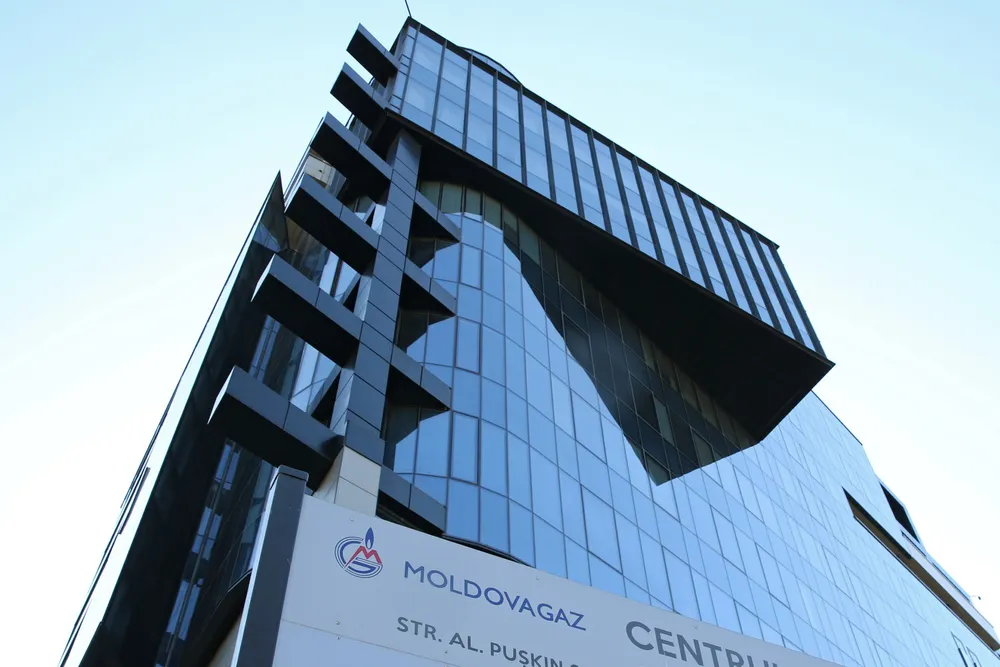Moldova faces halt in Russian gas supplies amid suggestions of military conflict
The country, similar to neighbour Ukraine, is believed to lie inside the vector of Russian interests in Eastern Europe

The country, similar to neighbour Ukraine, is believed to lie inside the vector of Russian interests in Eastern Europe
